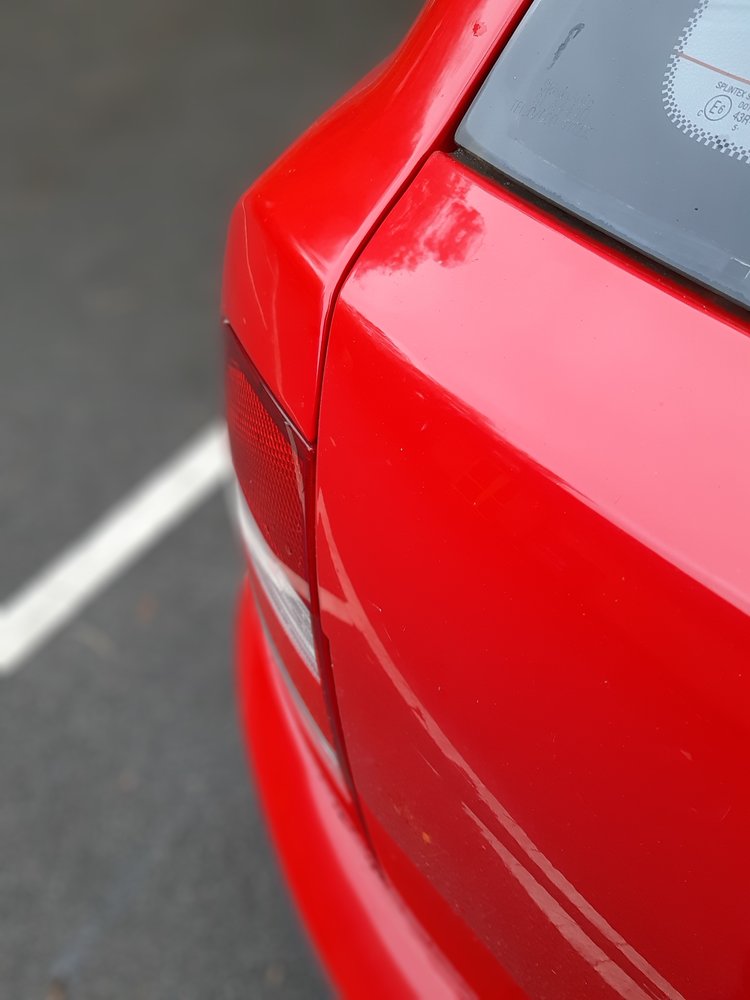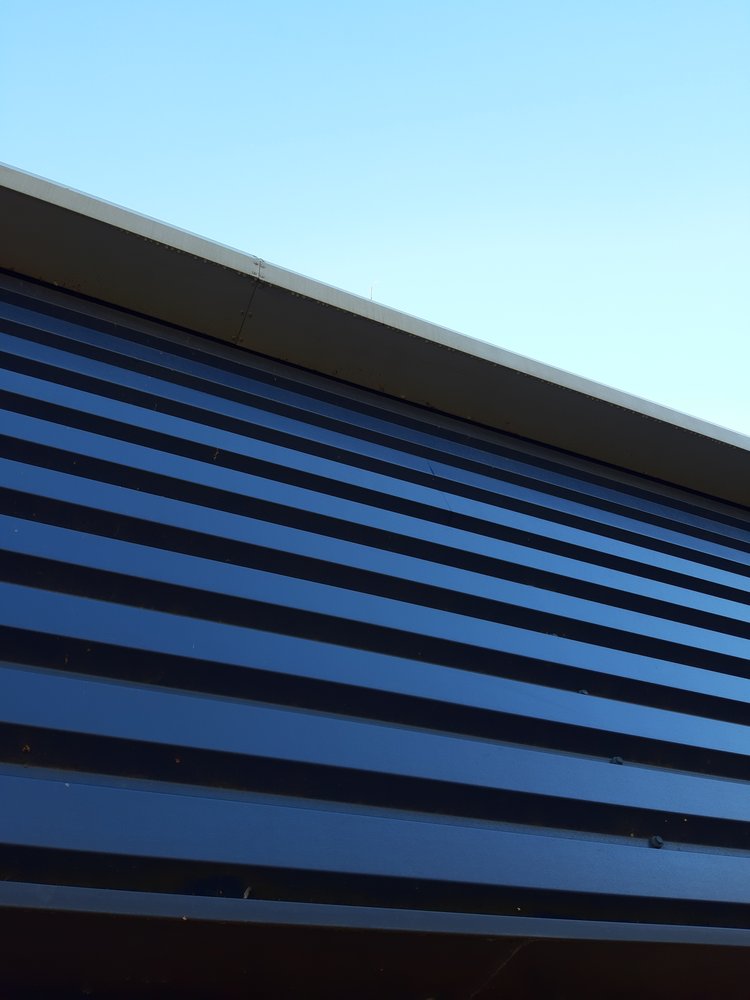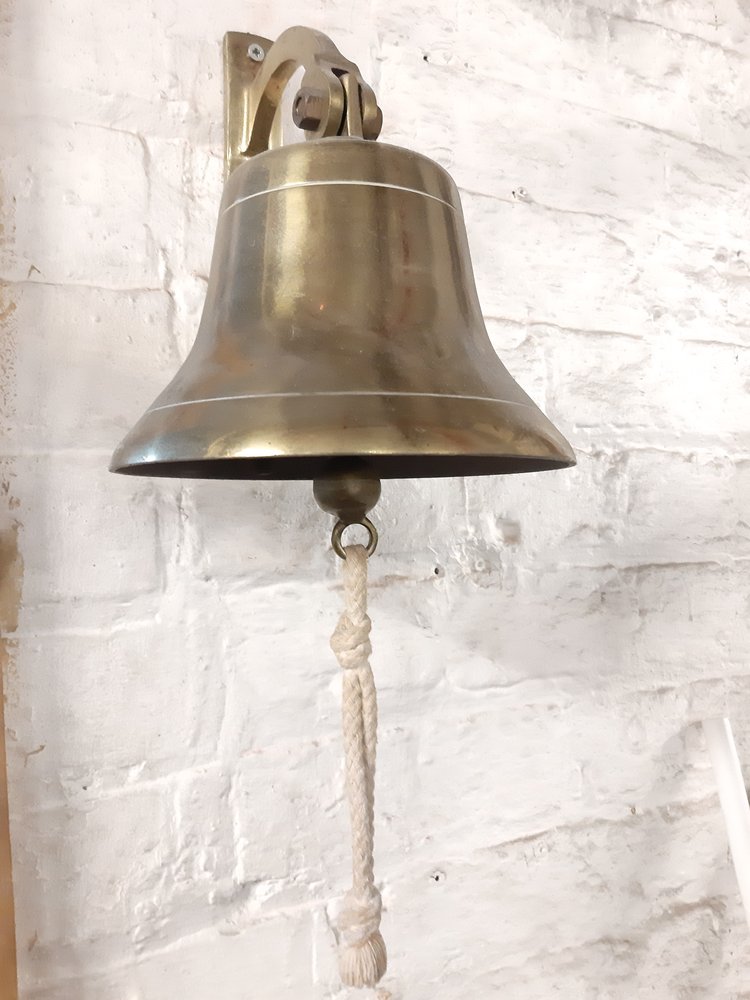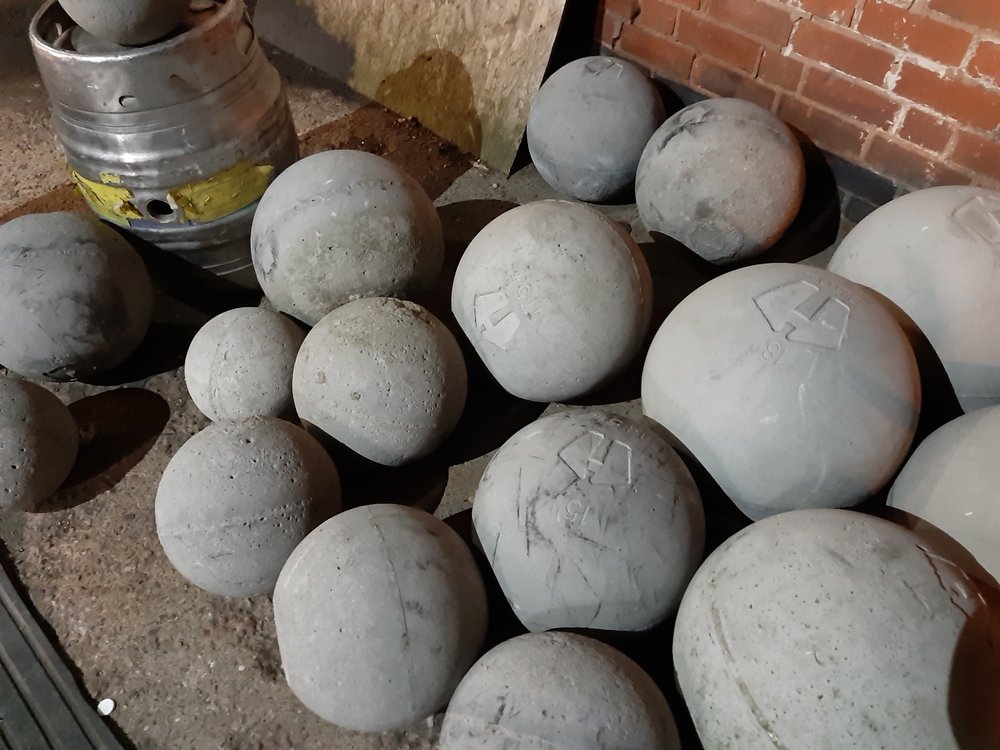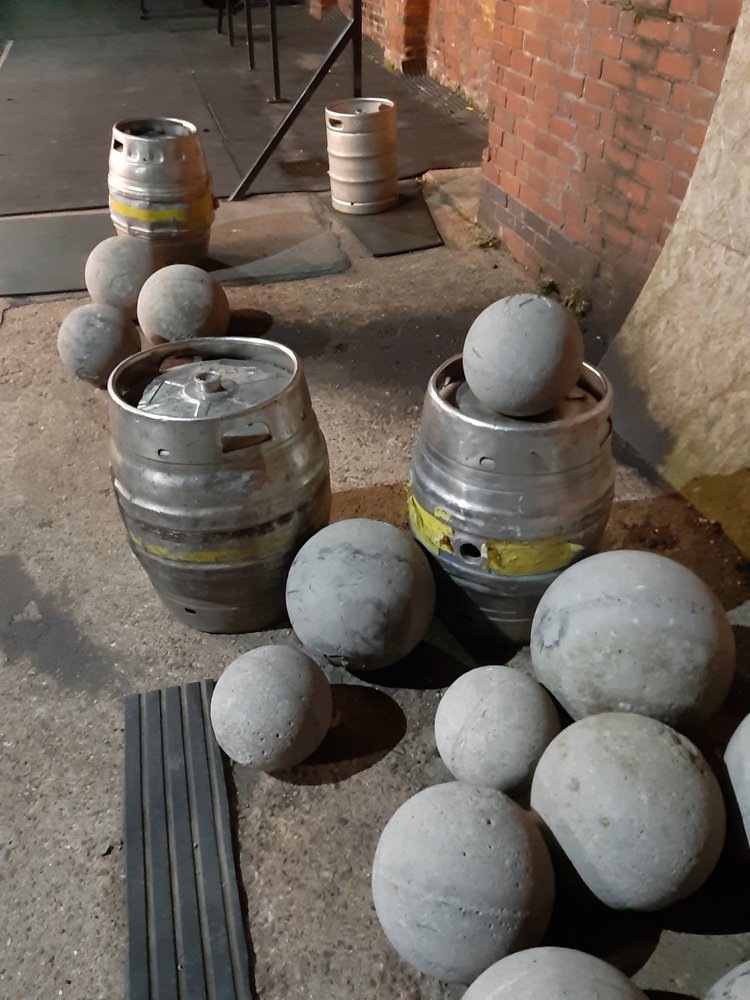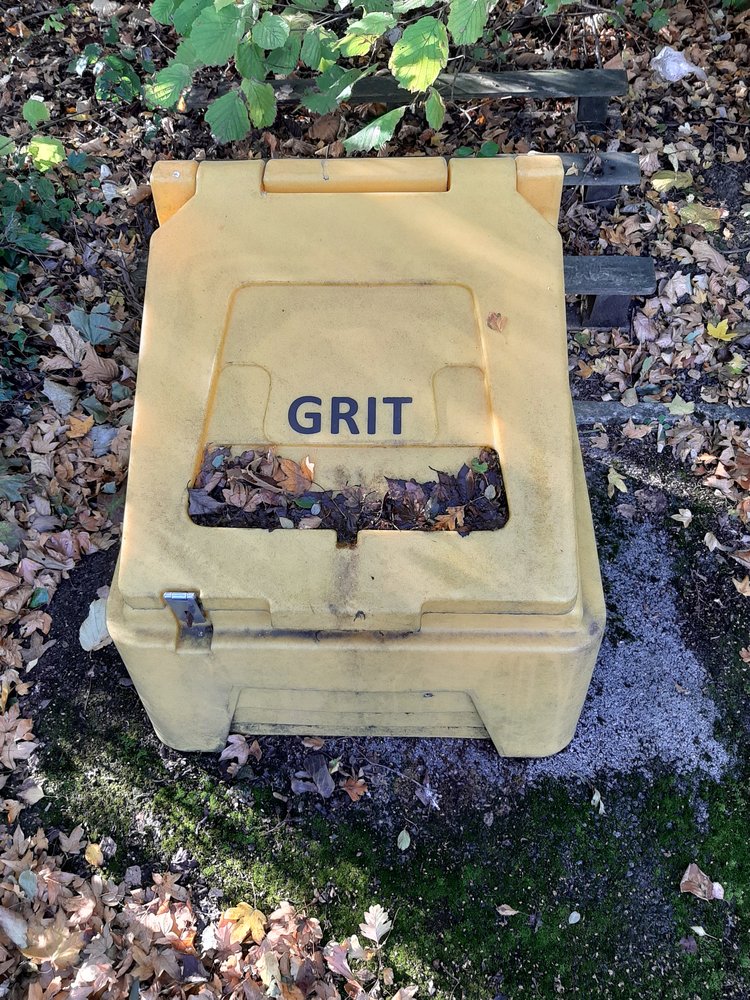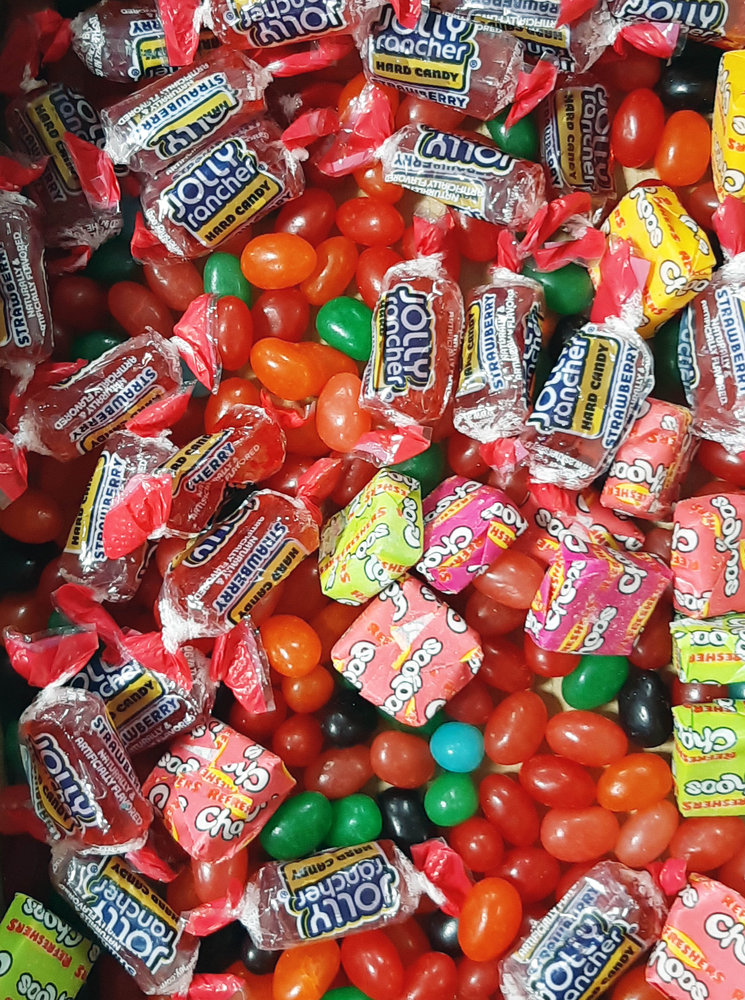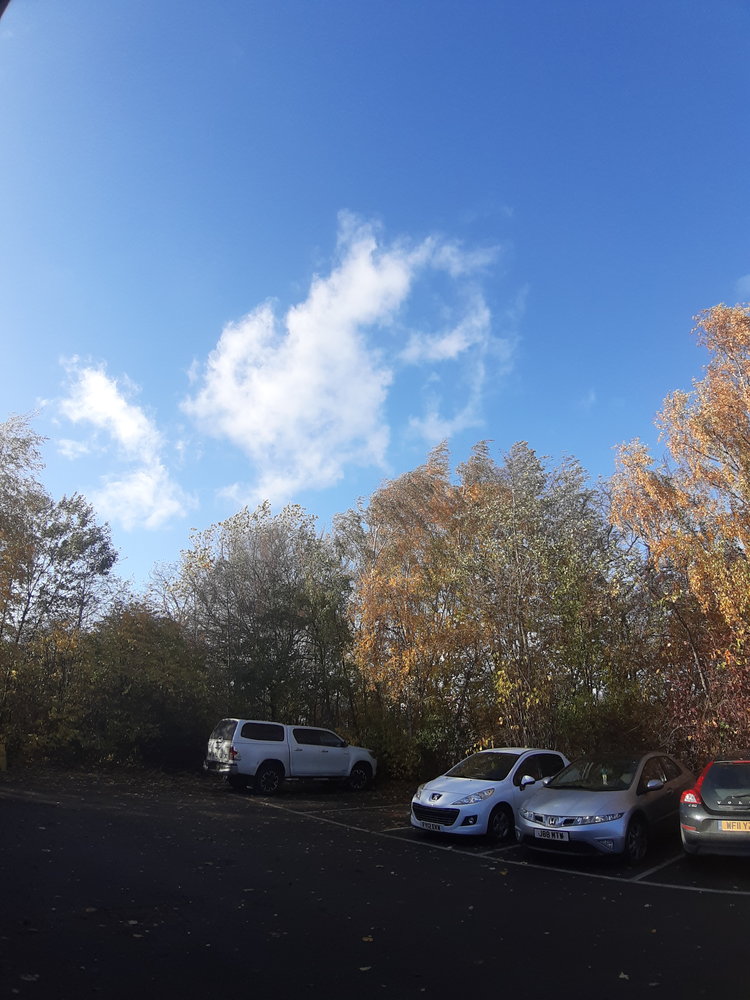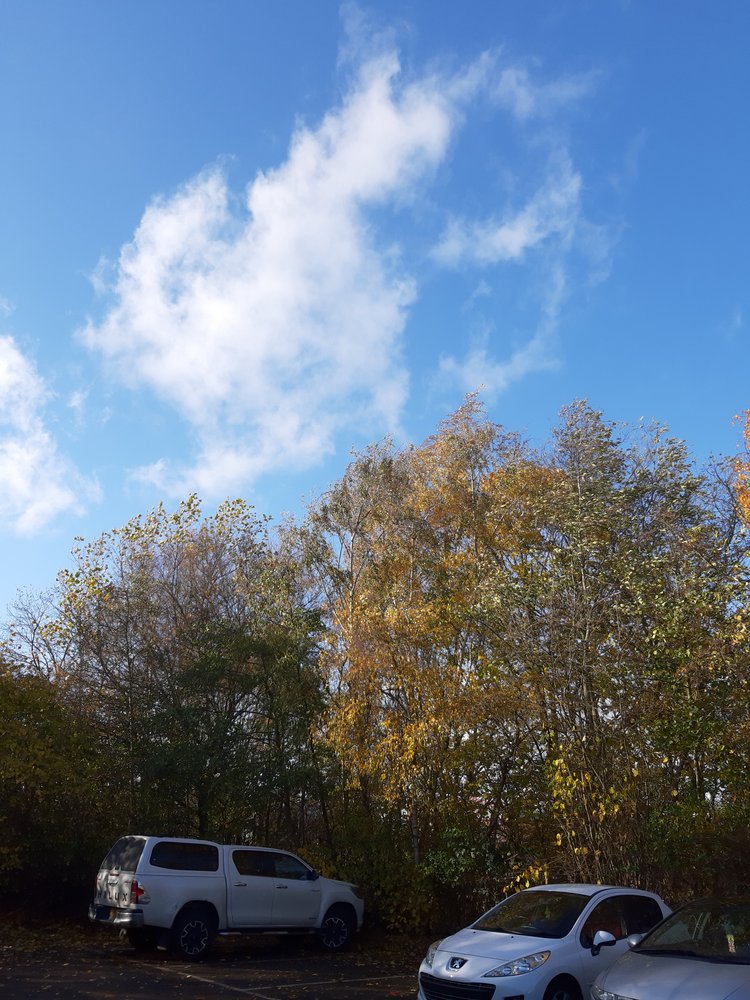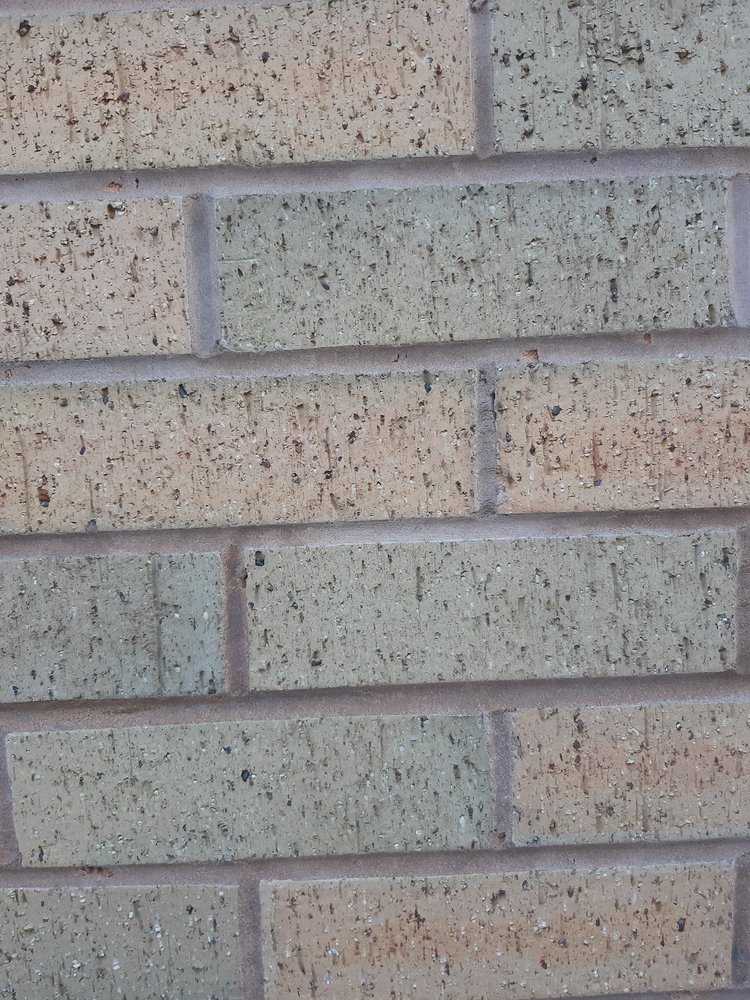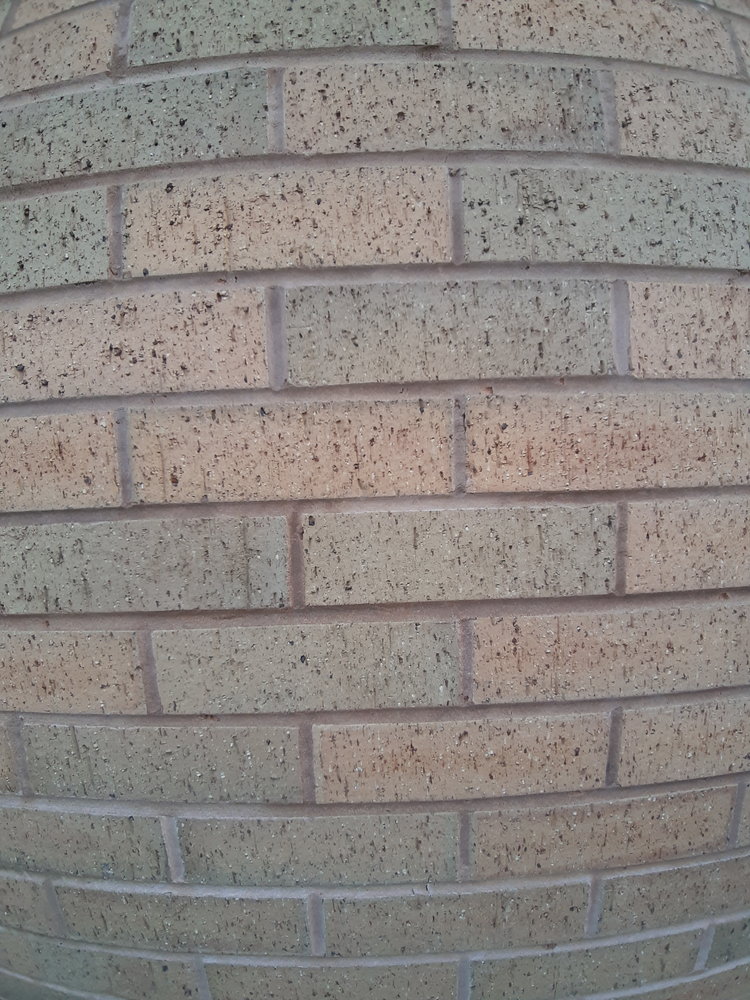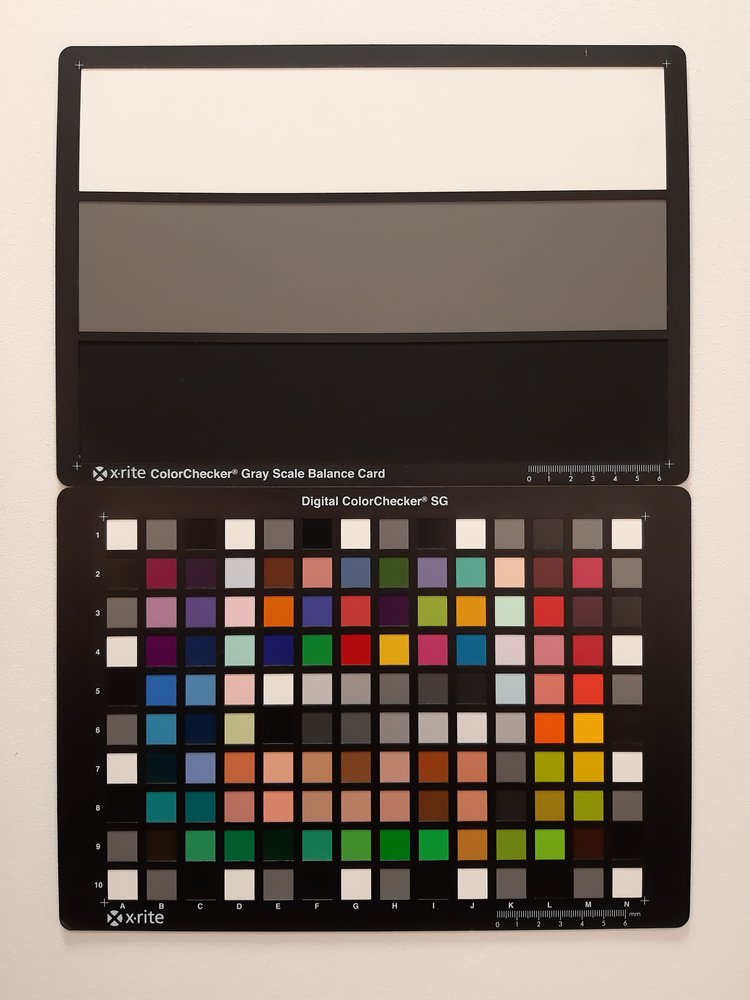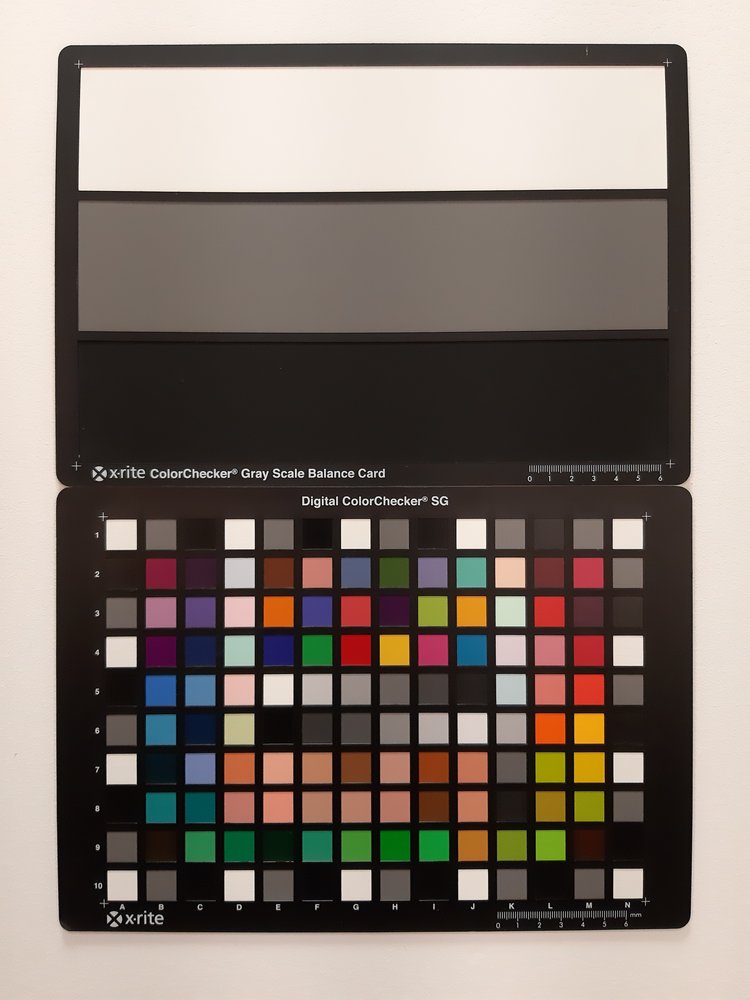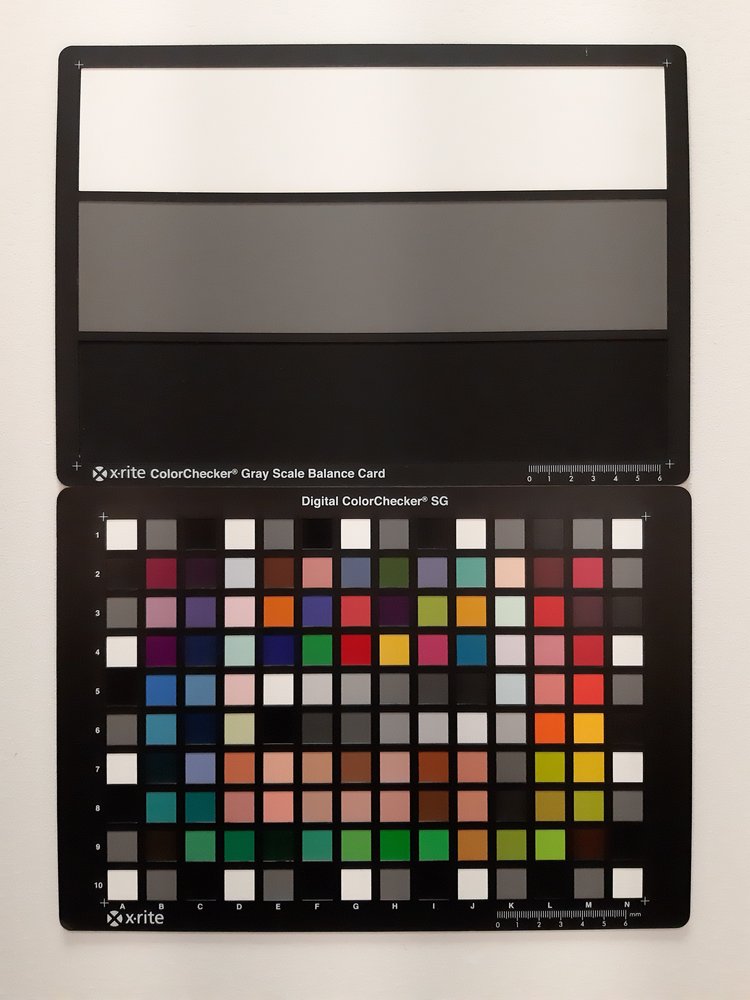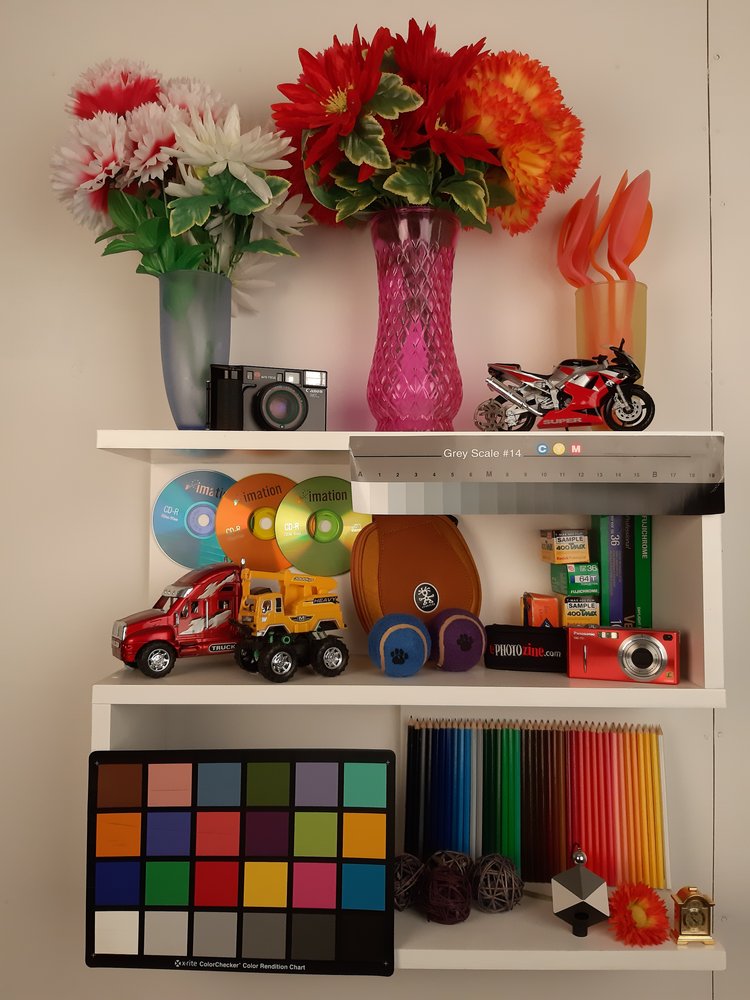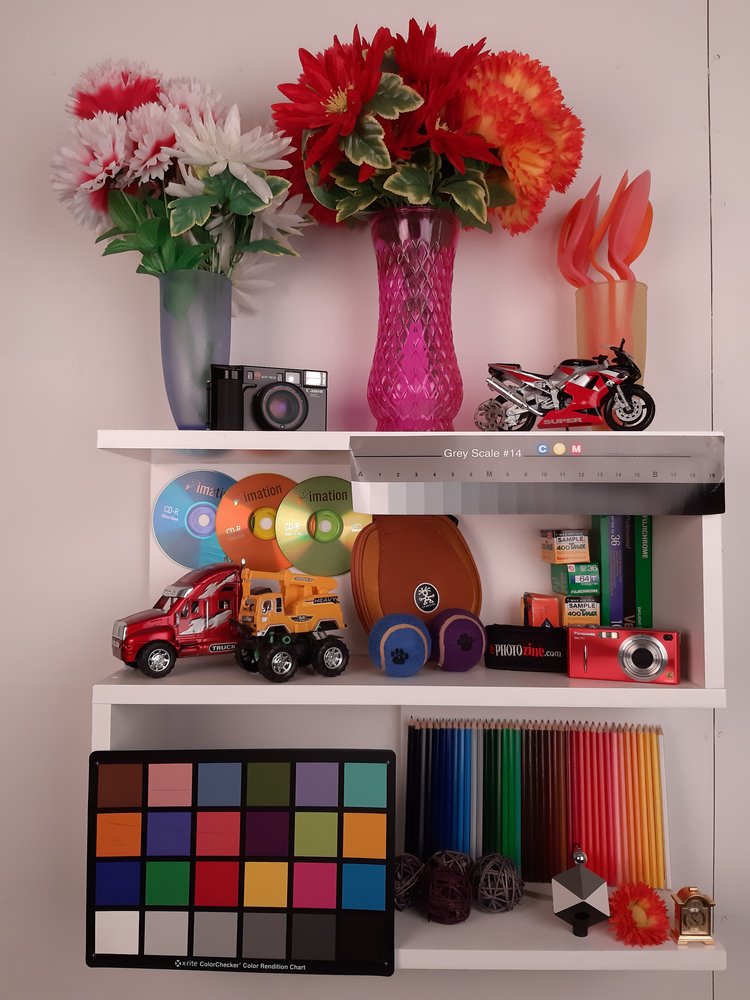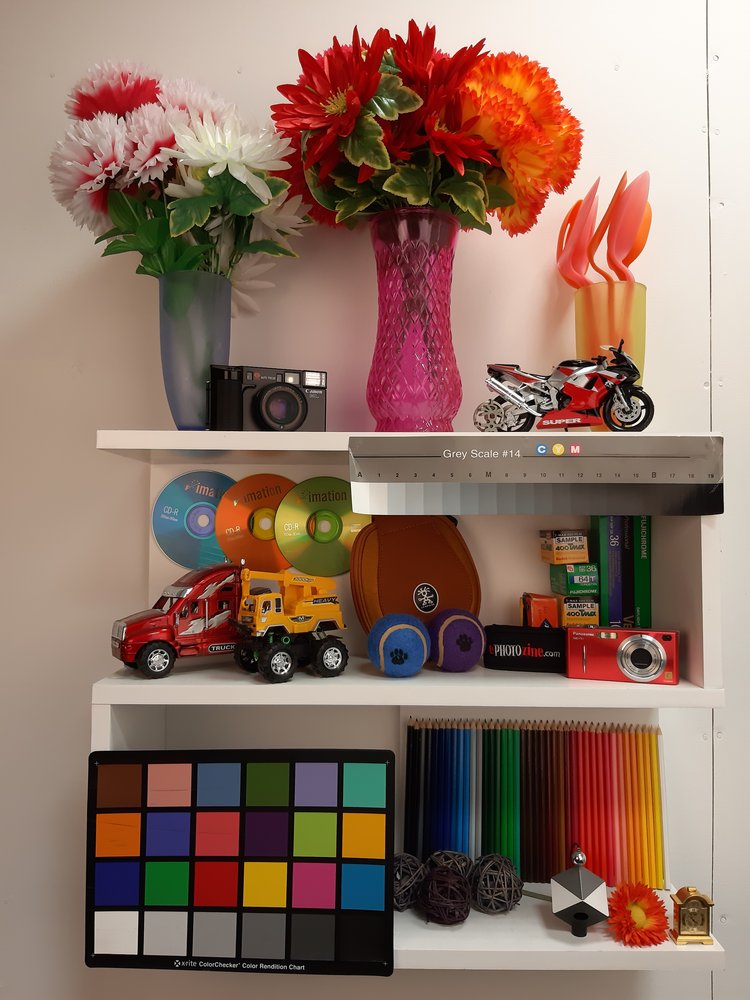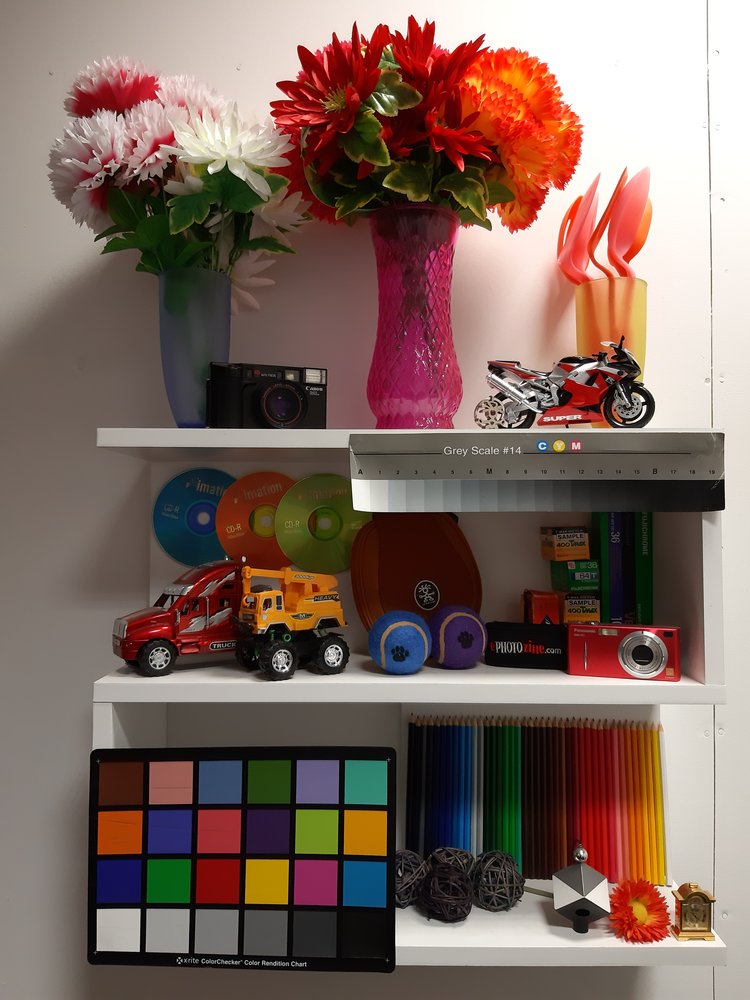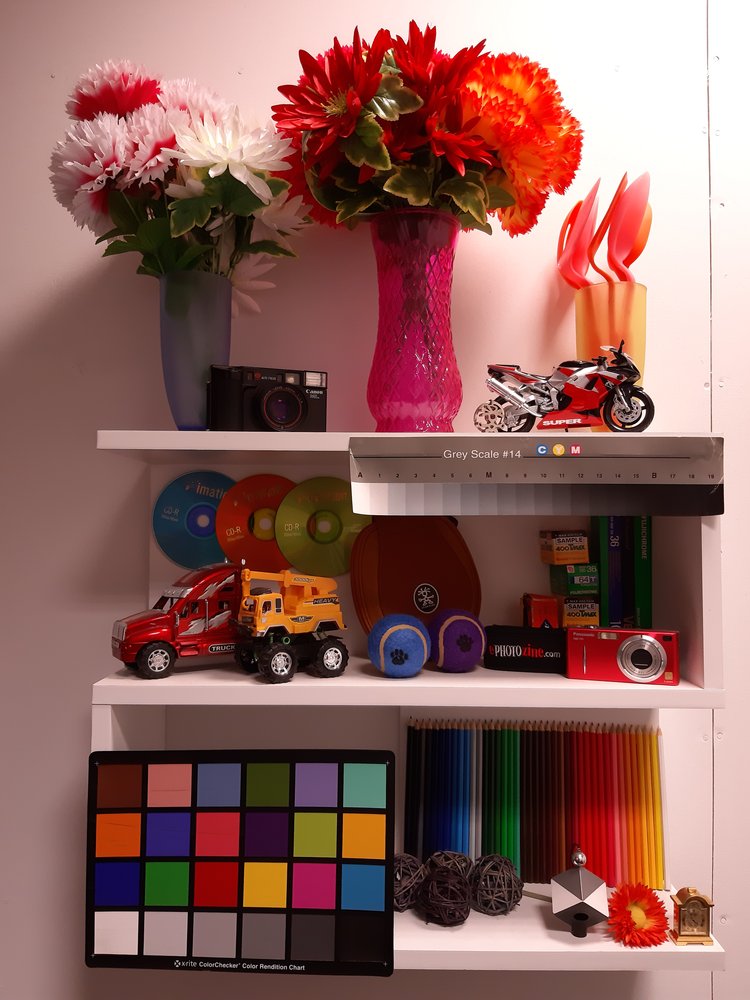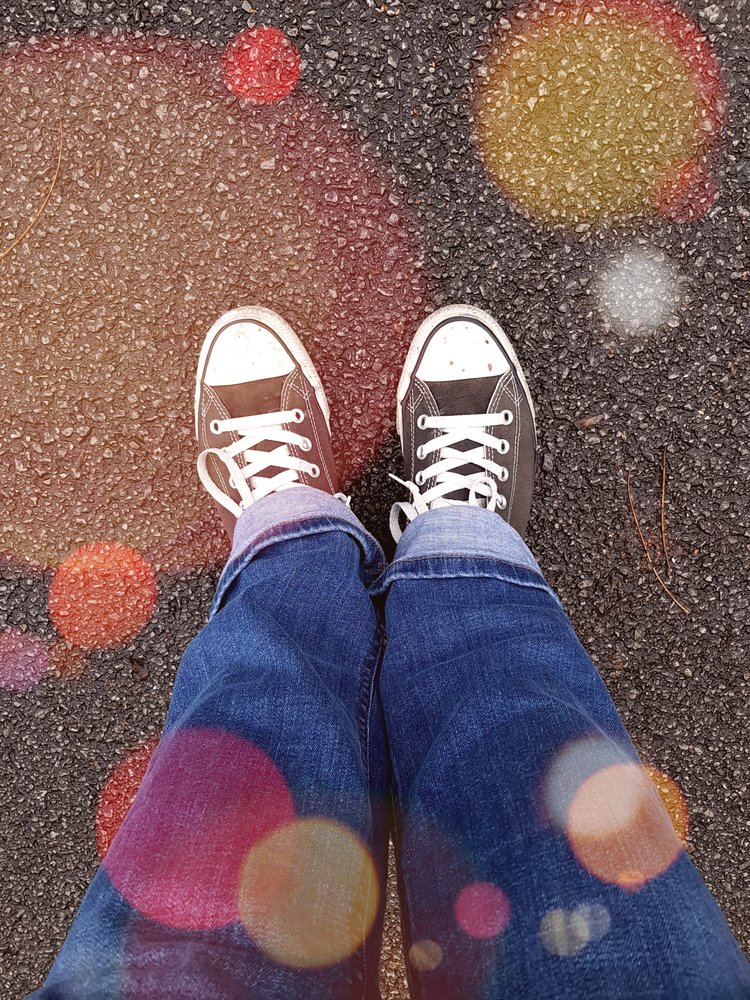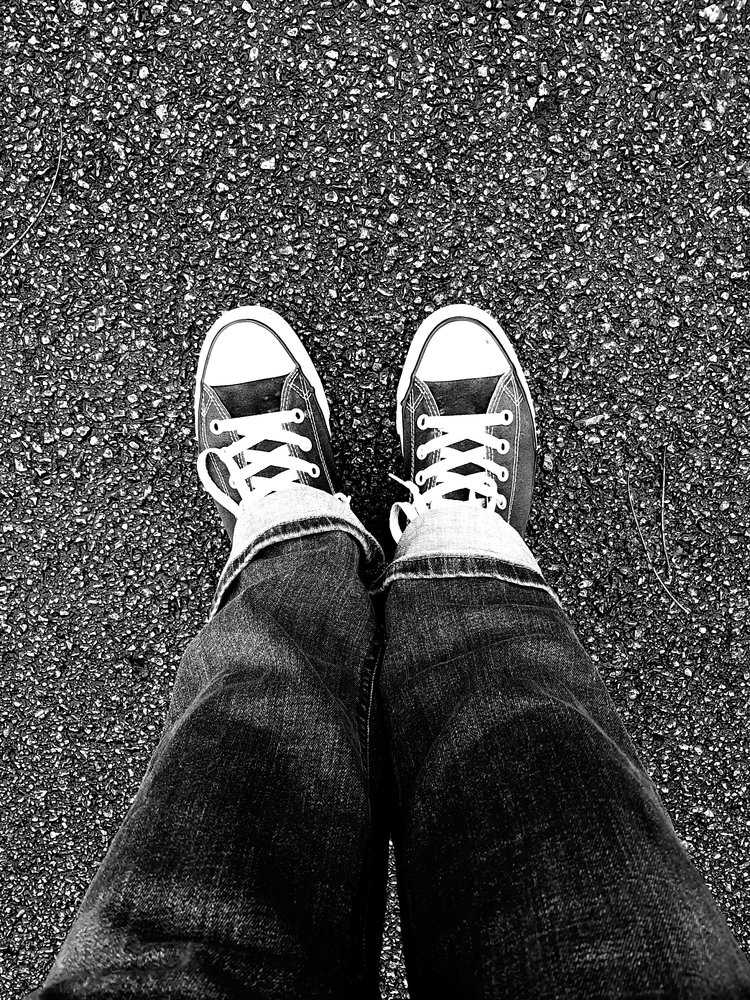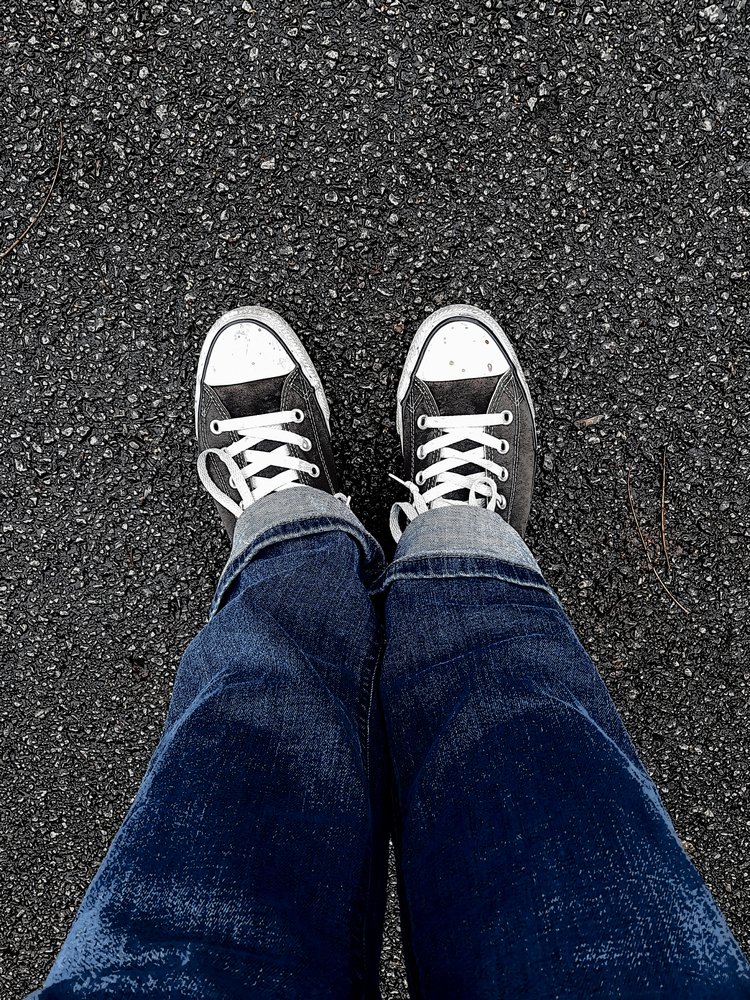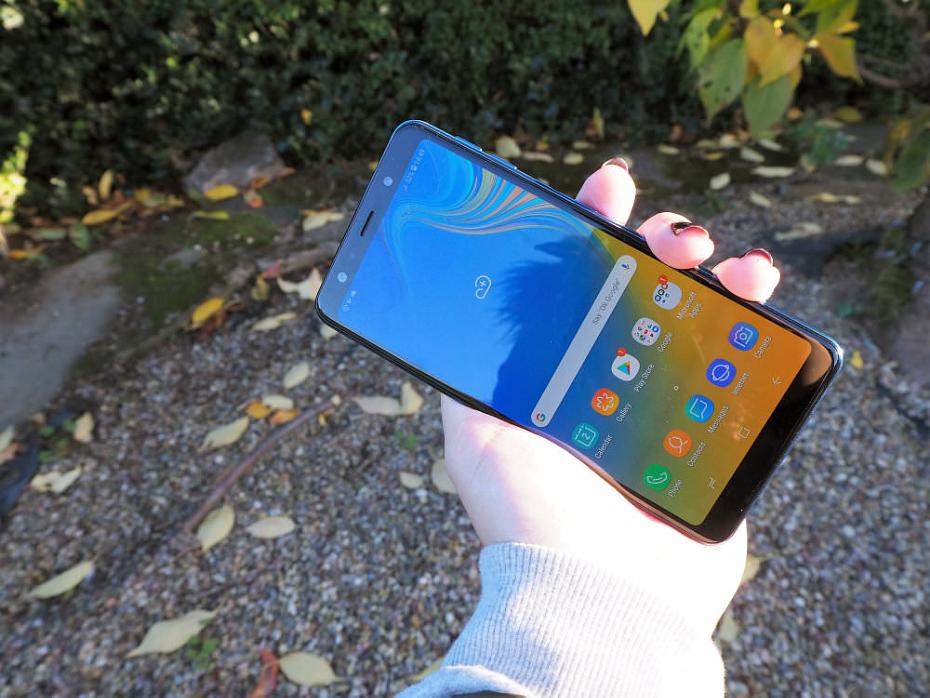
Quick Verdict
The Samsung Galaxy A7 is a stunning looking smartphone but the camera is a little bit of a let down as anything out of 'good light' just lacks punch. It's not that the photos are bad, it's just that they're not as great as the images captured by competitors at this price point. Battery life is good, though, and for around £300, it will be a smartphone some will consider.
+ Pros
|
- Cons
|
If you happen to be in a phone shop and you're walking around the displays, the Samsung Galaxy A7 will definitely grab your attention because of its eye-catching colour. Plus, glance at the price tag (64GB version starts at around £309) and you may find yourself nodding in approval before you've seen it has a lovely looking screen (6-inch, 1080x2220) and a pretty decent camera spec (24MP, f/1.7, PDAF + 8MP, f/2.4 (ultra-wide) + 5MP, f/2.2).
So far, so good, but how does this budget-friendly smartphone perform out in the real world? Shall we find out?
Samsung Galaxy A7 (2018) Features
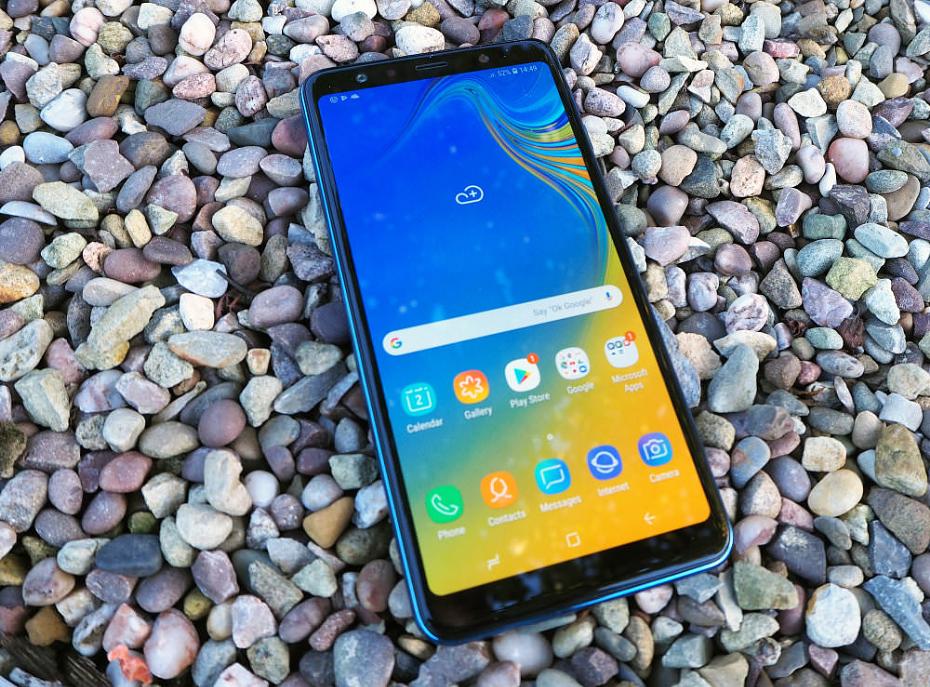
The Samsung Galaxy A7 is a very eye-catching smartphone with a modern design, impressive screen and a triple camera set-up.
The primary camera is a 24-megapixel offering with f/1.7 aperture while the two remaining lenses are an ultra-wide 8-megapixel lens and a 5-megapixel depth sensor. There's also an impressive 6-inch Super AMOLED display, with 1080x2220 resolution and the Samsung Galaxy A7 can capture video at 2160p and 1080p (30fps). For those who like taking selfies, you have a 24MP, f/2.0 lens to pose in front of and there are plenty of creative camera options built in, including Live Focus.
The Samsung Galaxy A7 is the first Samsung smartphone to feature a triple rear camera.
Another key feature, and one that definitely stands, out is the Samsung Galaxy A7's design/colour. The blue version we have on test is stunning and when it catches the light really shines - lovely. We don't know if the other colours available are as eye-catching but the blue version is well-worth considering.
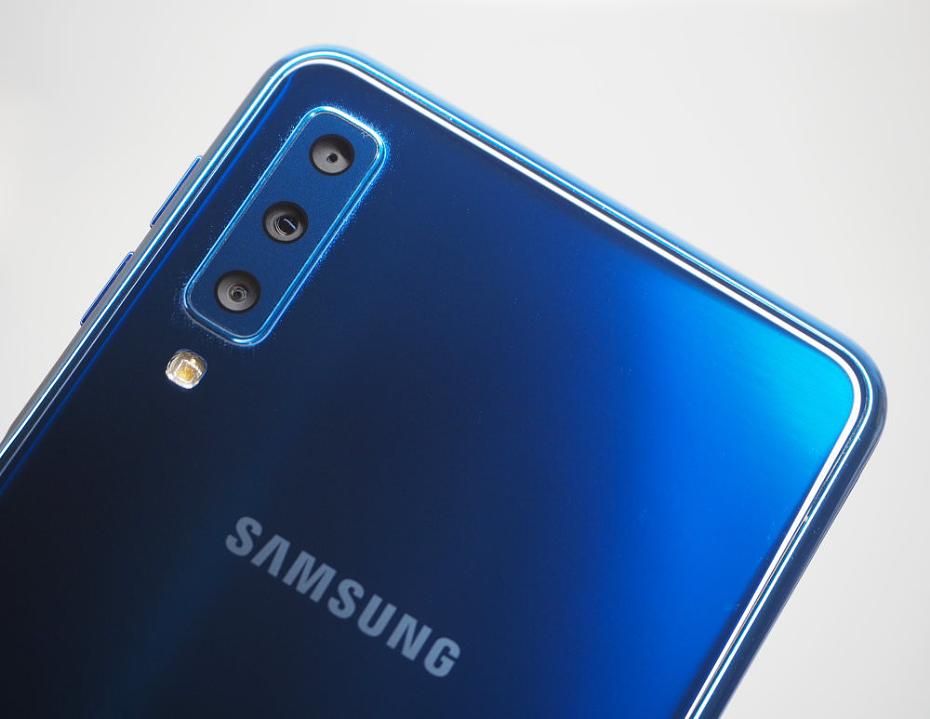
Key Features
- Rear Camera - 24MP, f/1.7, PDAF + 8MP, f/2.4 (ultra-wide) + 5MP, f/2.2 (depth sensor)
- Front Camera - 24MP, f/2.0
- Video - FullHD 1080p (30fps), or 18.5:9 2224x1080
- ISO Range: 80-1000
- Display - 6-inch, 1080 x 2220 pixels, 18.5:9 ratio
- 128GB with 4/6 RAM or 64GB with 4GB RAM
- MicroSD slot
- 3300 mAh battery
- Dimensions: 159.8x76.8x7.5mm
- Weight: 168g
- Blue, black, gold or pink colour options
Samsung Galaxy A7 (2018) Handling
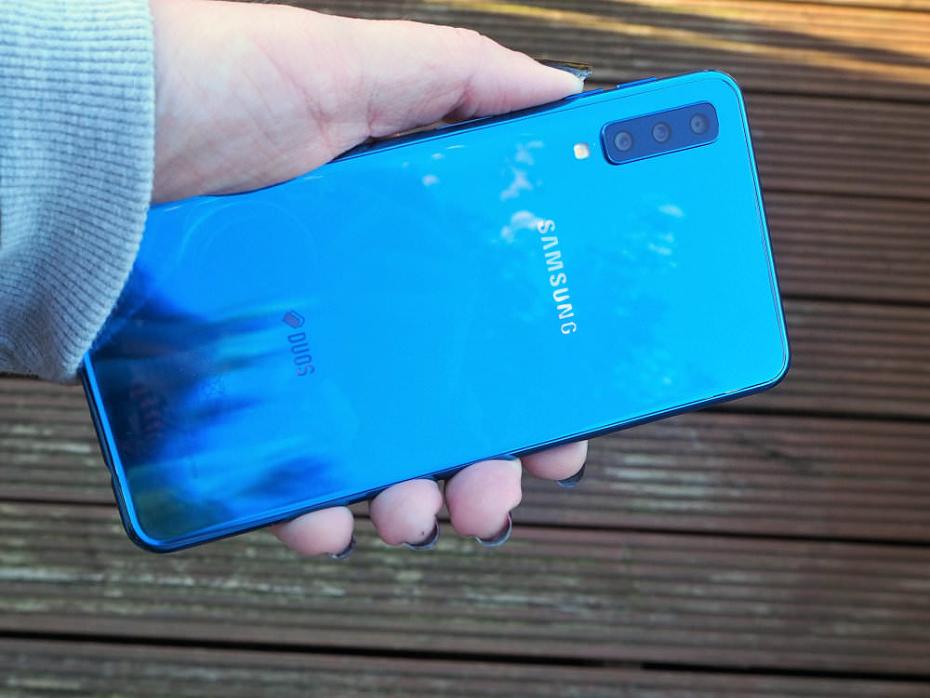
The Samsung Galaxy A7 is the first Samsung smartphone to feature a triple rear camera and the primary lens is a 24-megapixel offering with f/1.7 aperture while the two remaining lenses are an ultra-wide 8-megapixel f/2.4 lens and a 5-megapixel f/2.2 depth sensor. The ultra-wide lens is the option Huawei also went with in the Mate 20 Pro smartphone and it does have its advantages over a monochrome lens, mainly the versatility it offers. Due to multiple lenses featuring, you can also use Live Focus to create images with bokeh backgrounds (something which seems to be a bit of a 'must have feature' on smartphones now).
For selfie fans, it's a 24MP, f/2.0 camera you have to shoot with and the Samsung Galaxy A7 can capture video at 1080p (30fps)
The camera app isn't anything to shout about but it does the job and it has a cool 'full view' mode so the black you usually see is removed and options sit on a clear screen so you can see what you're capturing on the whole 6-inch display.
Other modes include Beauty for the selfie-conscious, Panorama, Live Focus, Pro, Hyperlapse, Slow Motion and a Scene Optimiser which, as the name suggests, optimisers settings to help you capture a better photo. You can also play around with AR Emojis if you like that sort of thing.
Away from the camera, the design does look a little boxy with its straight edges but we're really pulling hairs here as the overall look is excellent. It's comfortable to hold, although its size might mean some might find it a bit tricky to operate one-handed, but it does show fingerprints really easily which is a shame as the blue colour really does deserve showing off but to protect it from marks, and drops, you are better-off popping a case on the Samsung Galaxy A7.
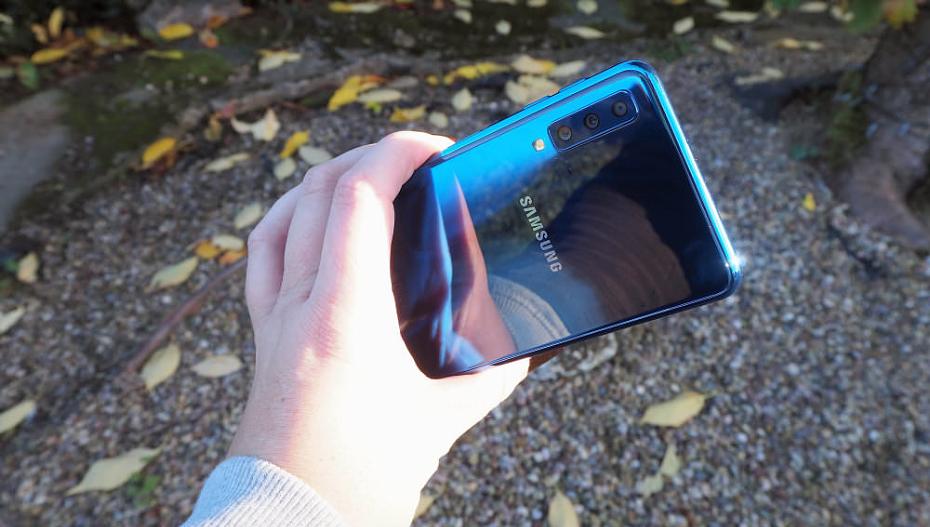
You don't find a fingerprint sensor on the back as it's actually built into the unlock button and the cameras hardly take up any space so there's a lot of shiny, glass to admire.
On the front, there's no top notch which means there is a black bar that stretches across the top and a similarly sized chin to the bottom. Bezels aren't the thinnest we've seen either but they're nowhere near huge and they surround a very reasonable 6-inch screen that's bright, sharp and replicates colours accurately. Viewing angles, even when titled, are also good.
To the sides are the usual volume controls, SIM and MicroSD card slots and to the bottom is an audio jack (yay!) but not USB-C port (boo!). Instead, it's micro USB which is a bit annoying considering other smartphone creators are now making USB-C standard.
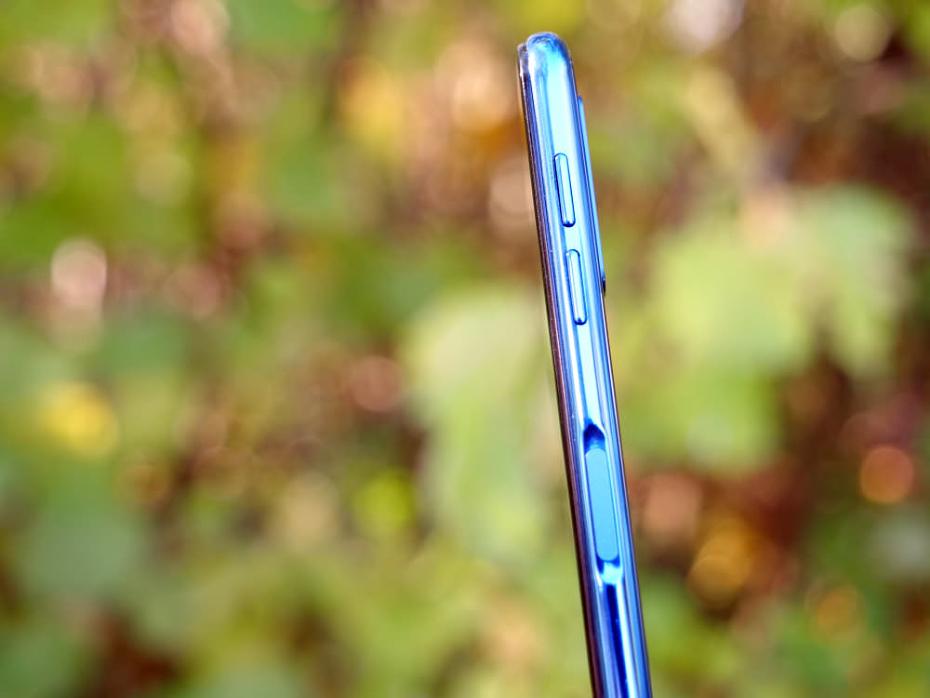
Geekbench and AnTuTu scores are as follows: 121205 (AnTuTu) and 1526 (single-core), 4413 (multi-core) with Geekbench 4.
Battery life - The battery on the Samsung Galaxy A7 is a 3300mAh which with reasonable, everyday use, will last until you get back home to plug it in but you might have to wait a while for the battery to be full again as charging isn't the quickest we've seen.
Samsung Galaxy A7 (2018) Performance
The performance section is where we look at the image quality performance of the camera. Additional sample photos and product shots are available in the Equipment Database, where you can add your own review, photos and product ratings.
Samsung Galaxy A7 (2018) Sample Photos
Sample Photos - The Samsung Galaxy A7 smartphone captures good photos but... they just lack a little punch when compared with images captured by smartphones at a similar price point. Also, when light levels drop, things get a little mushy but they'll probably be satisfactory for uploads to social media. The standard wide lens does a slightly better job than the ultra wide-angle in low light (f/1.7 vs f/2.4) but it's still not award-winning. However, in the right light, it can produce some lovely looking photos but in most of the shots, a little more contrast is needed.
Live Focus does a good job at creating backgrounds filled with bokeh with only the odd image showing clipping (we think the traffic cone image is particularly good) and the addition of the ultra wide-angle lens means you can get more in frame without moving your feet and is a more useful focal length for group shots or when you're working in tight spaces.
You can't zoom in/out when using the ultra wide-angle lens (but why would you want to as digital zoom tends to be terrible), select a focus/exposure point or create lovely blurry backgrounds so if you want more control, you'll have to switch to the standard wide-angle lens.
Selfies and portraits are, again, good but still lack that 'pop' some other smartphones create in their images which is a shame as detail is good.
Overall, the Samsung Galaxy A7 produces pleasing images but compare it with other smartphones available at a similar price and it does fall behind a little.
Samsung Galaxy A7 (2018) Lens test images
Lens Performance - It's great to have the option to switch between two lenses when you want to capture more in the frame or, alternatively, want to reach further. You can also 'pinch zoom' when not using the wide-angle lens but we'd recommend you try and avoid this as digital zoom is never great. There is quite a bit of barrel distortion when using the wide-angle lens, too.
Detail is reasonable, but shows nowhere near 24mp of detail. Instead, we were able to get more detail from a good 12mp smartphone.
Samsung Galaxy A7 (2018) ISO test images
ISO Noise Performance - An ISO range of ISO80 to ISO1000 is available in Pro mode. As always, by sticking to the lowest ISO possible, image quality will improve. If you do need to use higher ISOs, ISO160 is OK but anything higher and you start to notice detail falloff.
Samsung Galaxy A7 (2018) White-balance test images
White Balance Performance - Auto White Balance does a decent job under mixed lighting and Tungsten is also OK, if a little warm, but the WB presets under Fluorescent and Tungsten produce images with pink tones.
Samsung Galaxy A7 (2018) Digital filters
Digital Filters - There are no effects or filters available in the default camera app at the time of taking the photo, however, you can apply effects to images after you've taken them, or use any other app to take photos, some of which are shown above.
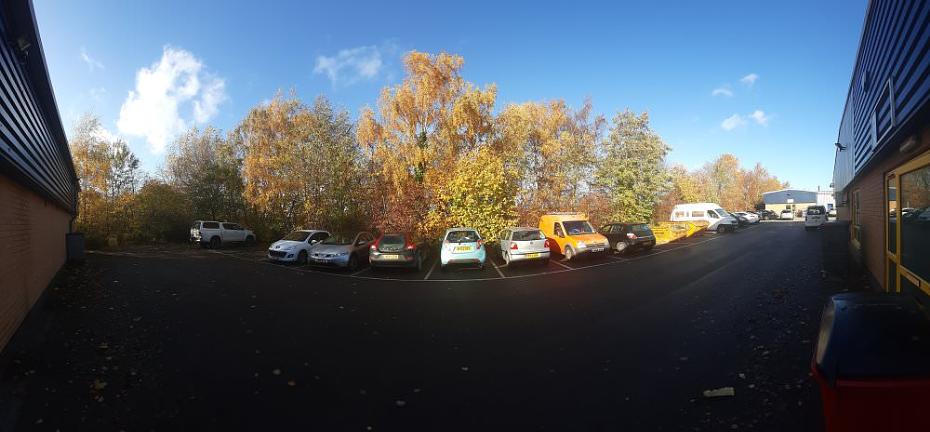
Panorama mode - The panorama is stitched well and detail is decent in the brighter sections of the image but where light levels dip, the camera did struggle a bit. The Samsung Galaxy A7 doesn't seem to be able to handle extreme dynamic ranges quite as well as other smartphones.
Video - The Samsung Galaxy A7 can capture video at FullHD 1080p (30fps), or 18.5:9 2224x1080, and as expected, you can use both the selfie and rear camera for shooting video. Electronic image stabilisation is available for video recording. Take a look at the sample video we captured with the smartphone below.

Value For Money
The 64GB version of the Samsung Galaxy A7 starts at around £309 which puts it in a very busy section of the smartphone market.
Other smartphones to consider around this price point include:
- Nokia 7.1, 5.84-inch screen, Dual camera - £259
- Nokia 7 Plus, 6inch screen, Dual camera - £299
- Motorola One, 5.9inch screen, Dual camera - £269
- Honor 8X, 6.5inch screen, Dual camera - £239
- Honor 9 - 5.15inch screen, Dual camera - £297
- Nokia 8 Sirocco - 5.5-inch screen, Dual camera - £349
Have a look at more smartphone choices in our at the Best Smartphones under £300 for Photography or if you want to spend more money, have a read of our Top 10 Best Smartphones for Photography feature.
You'll also need to buy a MicroSD memory card if you want to expand the memory built into the Samsung Galaxy A7.
Samsung Galaxy A7 Verdict
The Samsung Galaxy A7 is a stunning looking smartphone but the camera is a little bit of a let down as anything out of 'good light' just lacks punch. It's not that the photos are bad, it's just that they're not as good as the images captured by competitors at this price point. Battery life is good, though, and for around £300, it will be a smartphone some will consider when they want to splash too much cash.
Spotted a mistake? Let us know in the EQDB.



